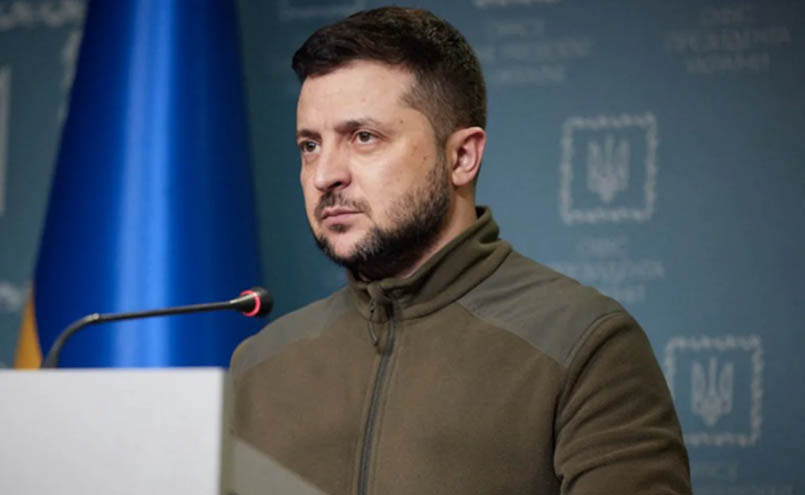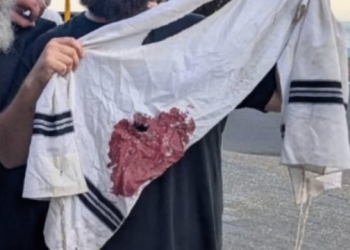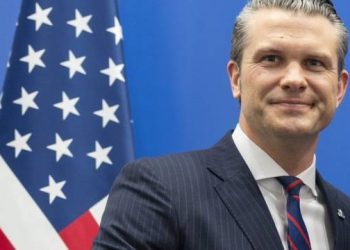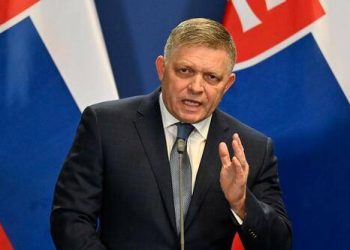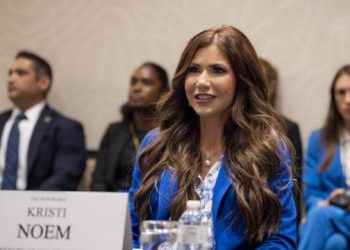Ukrainian President Volodymyr Zelenskyy is set to present at least part of his plan to win the war against Russia to Ukraine’s Parliament on Wednesday, following weeks of hinting at the strategy to Western allies, including U.S. President Joe Biden. This plan, which involves military, political, diplomatic, and economic elements, is seen by many as Ukraine’s last chance to strengthen its position in any future ceasefire talks with Russia. So far, however, no country has publicly endorsed or commented on the feasibility of the plan.
Zelenskyy is eager to implement the “victory plan” before the next U.S. president is sworn in next year. However, Ukrainian officials believe that neither of the current U.S. presidential candidates is likely to significantly improve Ukraine’s position in the war. The presentation, announced by presidential adviser Serhii Leshchenko on Monday, comes at a difficult time for Ukraine. The country’s military is facing losses along the eastern front, with Russian forces closing in on a key logistics hub near Pokrovsk. Ukraine is struggling with an unpopular mobilization drive, limited ammunition, and Russia’s air superiority, which is putting immense pressure on its defenses.
It remains unclear how much of the victory plan Zelenskyy will reveal. Leshchenko suggested that the entire plan could be presented, but other officials hinted that sensitive details might be withheld from lawmakers. Regardless, the success of the plan depends heavily on Ukraine’s allies. Without it, any peace deal with Russia would likely leave Ukraine at a disadvantage, with little hope of regaining lost territory or securing reparations for the destruction caused by the war.
Several parts of the plan have already emerged, including efforts to secure Ukraine’s NATO membership, the use of Western long-range weapons to strike deep into Russia, bolstering Ukraine’s air and other defenses, and intensifying sanctions against Russia. Zelenskyy also confirmed that Ukraine’s surprise military operation in Russia’s Kursk region in August, which captured 1,000 square kilometers (386 square miles) of territory, was part of the plan and would serve as leverage in future negotiations with Russia.
Ukraine’s NATO membership, according to officials, would act as a deterrent against future Russian aggression. Under NATO’s Article 5, an attack on one member is considered an attack on all. However, Western leaders have been hesitant to guarantee an invitation to Ukraine, fearing it could provoke further escalation from Russian President Vladimir Putin.
Ukraine was hoping to receive feedback from Western allies at a scheduled meeting of the Ukraine Defense Contact Group, where defense leaders from more than 50 nations gather to coordinate military aid. However, the summit was postponed after President Biden canceled his attendance due to the U.S. dealing with Hurricane Milton. Zelenskyy has since toured Western capitals, outlining his vision to key allies, but none have committed to supporting the plan. Many expressed concerns over the tight three-month deadline Zelenskyy imposed in late September for the adoption of the plan’s key components.
While the U.S. has been Ukraine’s main supporter throughout the two-and-a-half-year conflict, Biden has resisted calls to provide long-range weapons for strikes inside Russia, fearing it could escalate the war. Additionally, the growing conflict between Israel and Hezbollah, with potential involvement from Iran, has shifted Washington’s focus.
Many expect Democratic nominee Vice President Kamala Harris to continue Biden’s cautious approach, providing significant but often delayed support to Ukraine. Meanwhile, Republican nominee and former President Donald Trump has stated he would end the war quickly, though he has not provided details on how he would achieve this.
In contrast, Brazil and China have proposed alternative peace plans, both of which Zelenskyy has rejected, arguing that they would merely pause the conflict and give Russia time to rebuild its weakened army and defense industry.
 Telegram is where we really talk. Don't miss out!
Telegram is where we really talk. Don't miss out!

